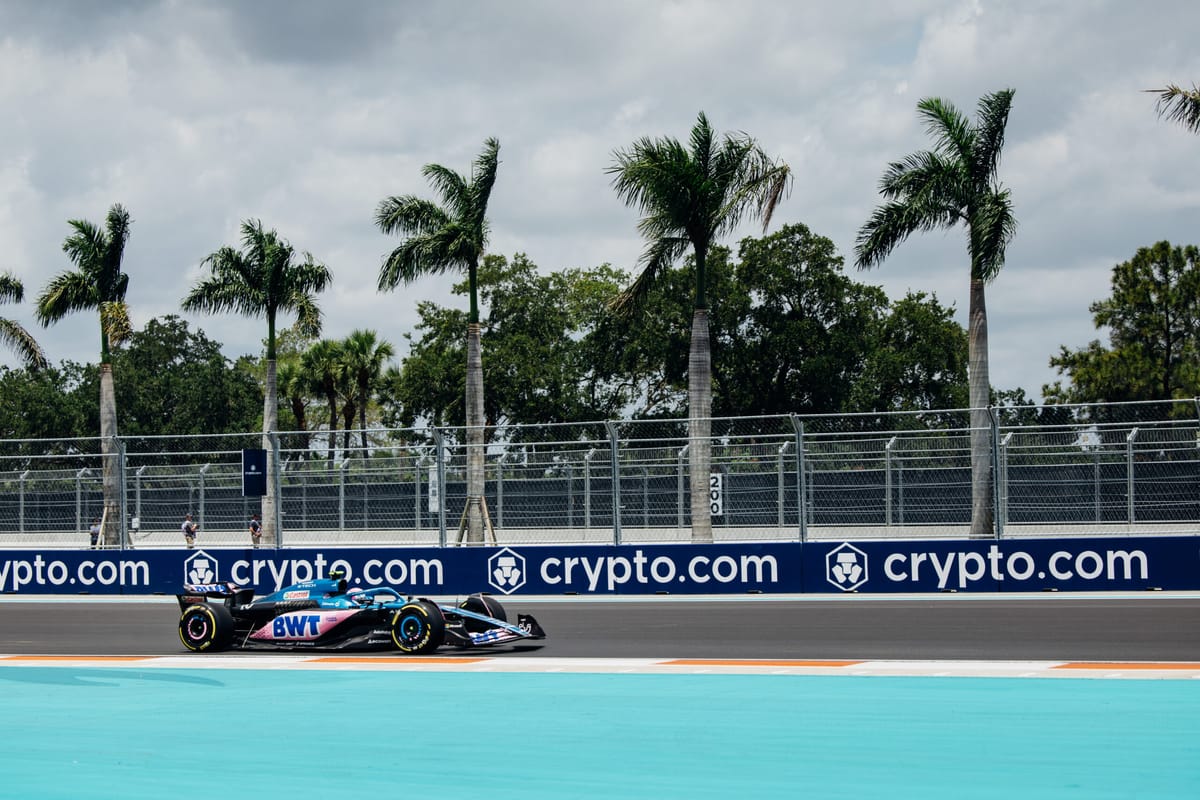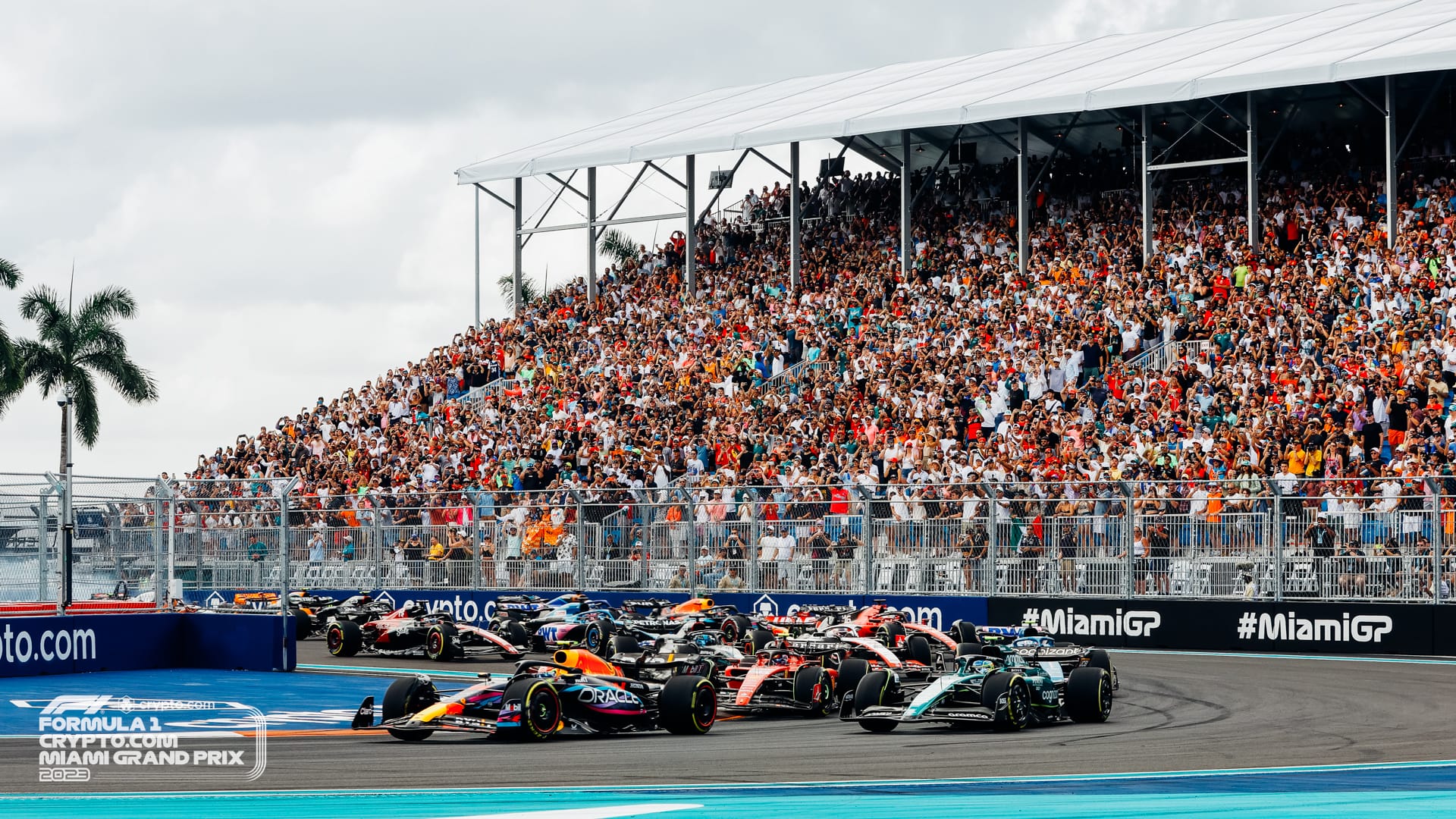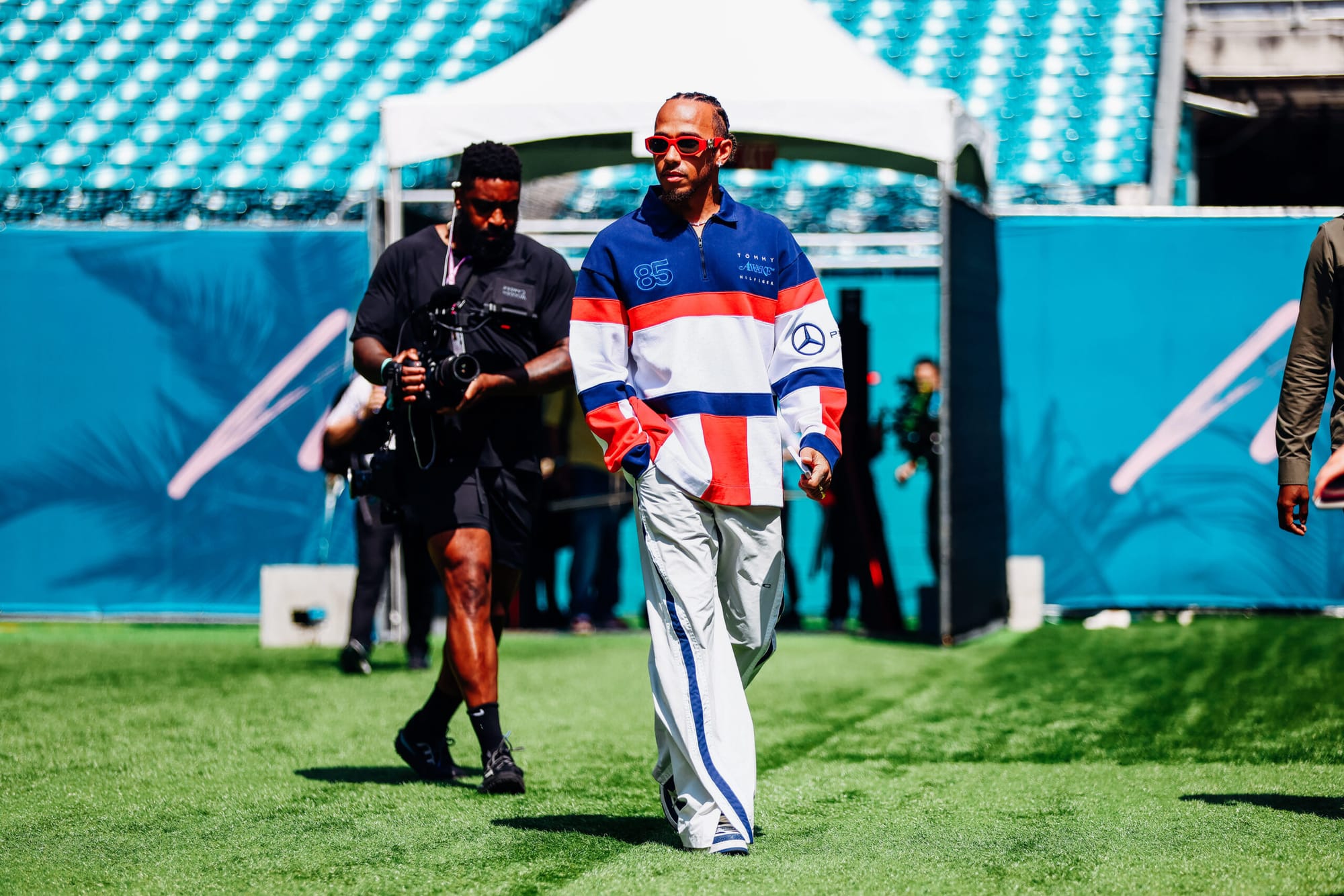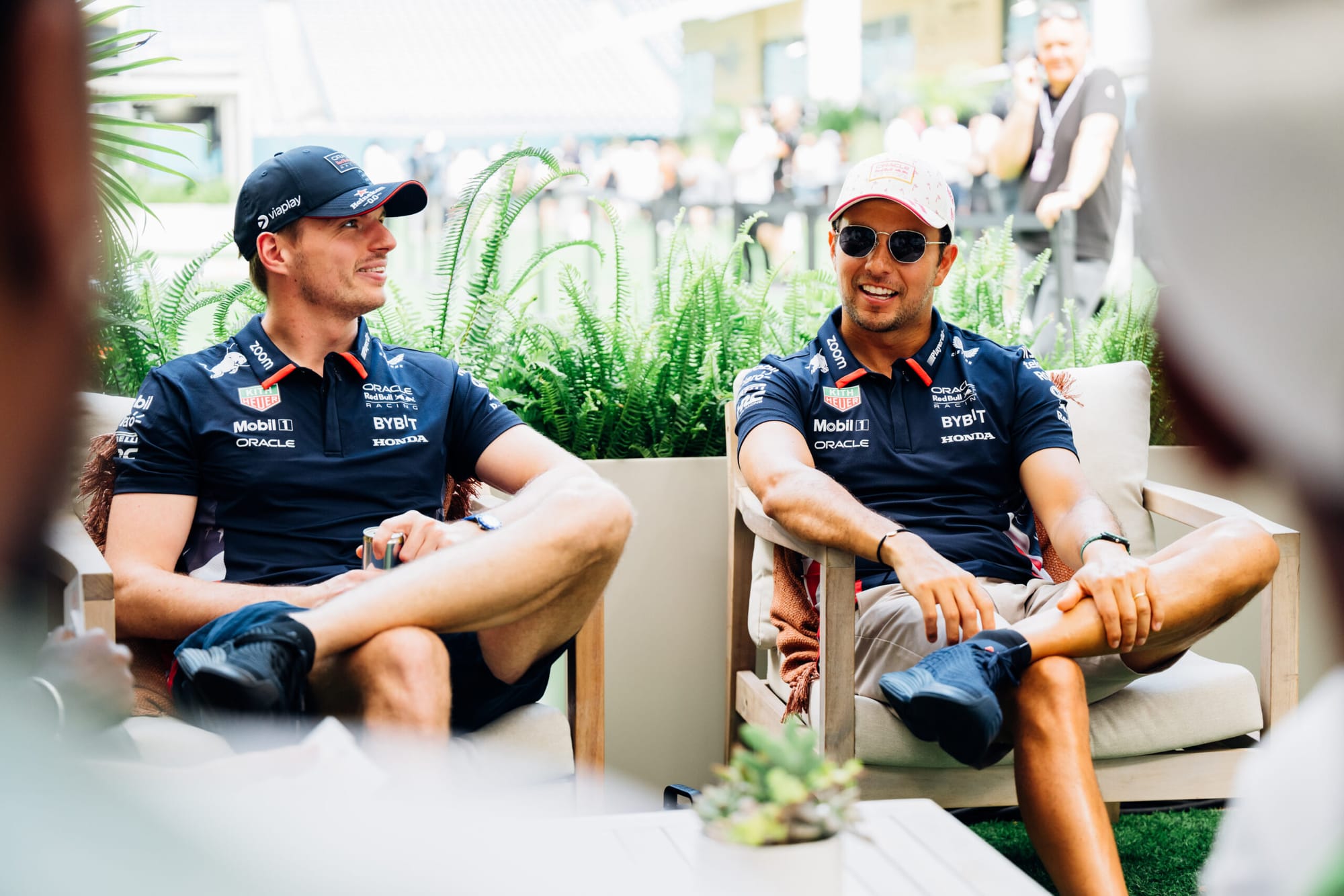The spectacle of Formula 1 has struggled to make an impression in the United States for years, but Liberty Media is trying to change that.

Have you watched F1 lately? If not, you’re like… most people. The international spectacle of Formula 1 has struggled to make a meaningful impact in the United States in recent years. It seems like the American consumer would always rather tune in to Indycar or NASCAR on Sunday afternoons, but that could change.

Humans are creatures of habit and NASCAR started early. An American classic that offers an almost hockey-like experience (big accidents, things getting out of hand, lots of drinking), it is the status quo for motorsports here in the US. Indycar is similar to F1 in many ways, but there is less money behind it.
Freedom Media bought F1 in 2016 and has prioritised a number of new initiatives.
More locations
Since 2000, only four American circuits have hosted F1 races. Only one, the Circuit of the Americas in Austin, Texas, has ever been a permanent fixture. In fact, from 2008 to 2011, there were no F1 races in the United States. The sport had some exposure, but the American market was clearly not a priority and for years claimed only 1 race out of the 20 or so in a typical F1 season. Times have changed…
In 2022, F1 added a circuit to Miami. The Miami International Autodrome will undoubtedly attract Rolex-wearing millionaires with multiple mistresses to the city for a race that is likely nothing more than a tax break. The event has received a lot of positive feedback for its exciting location, but also negative feedback for its ostentatiousness. Did anyone mention the fake yachts in fake water?
💸
The Miami Formula 1 Grand Prix brought in $798 million to the local economy, a solid ROI after a $40 million investment from Miami Dolphins owner Stephen Ross
After a 40 year hiatus, good old Las Vegas will start hosting Formula 1 races again in 2023 at the Caesars Palace Grand Prix Circuit… another internationally known city that is actually perfect for a Formula 1 race… apart from the questionable surface conditions present on the street course.
These two new circuits added back to back represent the FIA (F1’s governing body) goals to transform F1 into a bigger sport here in the United States. They picked the 2 most vain cities in America to do it, where money, booze and resources flow freely. From my visits to Europe, those people love the appeal of Las Vegas and Miami more than any other city. Austin is boring to them… full of regular country folk in the middle of nowhere. The FIA took notes and secured the investment… 40 million in the case of Miami To be precise.

Mixed feelings
It is said that Formula 1 has made a $500 million investment in the Las Vegas venue. Not everyone agrees.
“I’ve heard there’s a lot of complaints about the event from the locals. I think we need to show respect for the locals here, so many people work so hard – there’s a lot of money and wealth in this city.” – Lewis Hamilton to Sky Sports News

Hamilton indicated that he understands F1’s mission to grow in the US, but hopes that the Las Vegas race (which currently only has a three-year contract) will ultimately appeal more to local residents. The venue’s contract was likely limited to three years to be a test run of sorts in terms of financial viability and cultural appetite from both the race teams and the Las Vegas locals. We’ll see how it all plays out.
Ups and downs
Thanks to Netflix’s Drive to Survive series chronicling the behind-the-scenes stories of Formula 1, many newcomers have joined the F1 action, watching the races both in person and online. You can clearly see the effect of the show’s more mainstream appeal with this graph from The Athletic. The impact this show had on the American F1 viewing audience cannot be overstated. People who had never heard of the sport before were tuning in… in droves.

Drive To Survive was originally released in March 2019, so the sport got an initial boost in ratings before correcting a bit and then exploding over the next few years. You might be asking yourself, “why?”
A suspected perpetrator The recent plateau in popularity has come from the dominance of the sport’s current hero, Max Verstappen. A Dutch driver who entered the sport in 2015 at the age of 17, he has dominated the competition for a number of seasons now, dethroning the once unstoppable Mercedes driver, Lewis Hamilton. Fans complain that the sport can be repetitive with a lack of new winners weekend after weekend, and while it takes a monk-like dedication to perform at the level that Max consistently does… that doesn’t make it any more fun to watch.

In 2016, F1 was bought by a company called Liberty Media for $4.4 billion. This company went on to expand the audience base, including a greater focus on social media engagement, the creation of F1TV and a partnership with Netflix for Drive to Survive. A show where the average viewer could identify with the drivers and team principals, something that had previously been lacking. A novel idea for a show, the formula has been replicated elsewhere, such as Tennis and Golf with Breakpoint and Full Swing respectively.
“We have more fans than ever of the drivers themselves and the personalities right down the grid” – Bobby Epstein, Chairman of COTA
Liberty Media wants to make Formula 1 more like NFL Sunday and less like the ESPN Excel World Championship. That’s something you can only watch if you leave YouTube TV on for too long.
Thanks for reading, please consider subscribing or sharing with someone. – JWK
